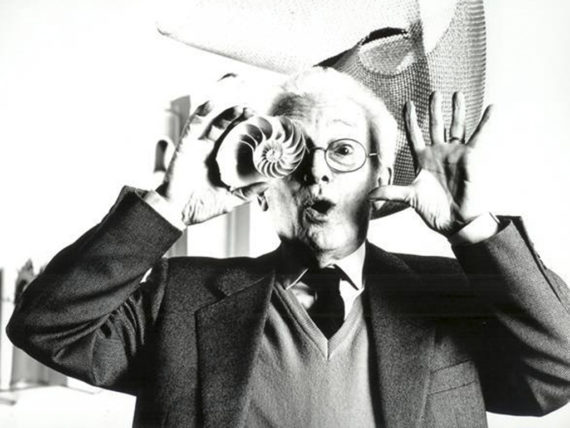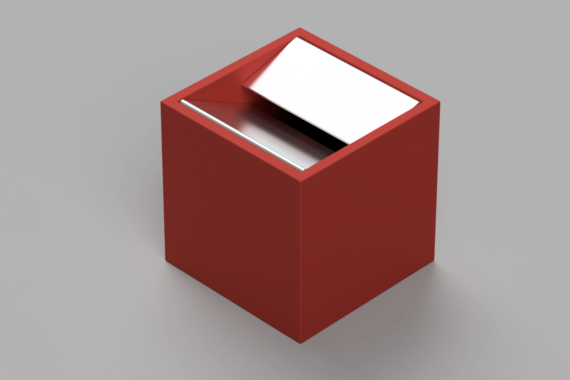When we talk about the union between art and science, the mind immediately runs to the figure of Leonardo da Vinci, the scientist / artist icon of the Renaissance and of a transversal and multidisciplinary thought, in which technique and aesthetics represent the two faces of creativity.
In developing the STEAM methodology, which will soon be published on the website dedicated to project outputs, we were inspired by a “Leonardo” figure of more recent Italian history, that of the twentieth century: Bruno Munari (1907-1998).

Artist, designer and inventor, Munari worked in balance – or in breaking the balance – between functionality and aesthetics, between artistic languages and technological innovations. He put no boundaries between the disciplines he crossed: “When the objects we use every day and the surroundings we live in have become in themselves a work of art”, he said, “then we shall be able to say that we have achieved a balanced life”. There is artistic visionary in his industrial design creations – furniture, objects, car dyes and shop windows -, and there is technical research in his artistic works, through which he explores light (as in “experiments with polarized light”) and space, anticipating the artistic language of installations and video installations.
Author of numerous editorial works – from essays to children’s books to the “unreadable books”, in which the text leaves room for the book itself as a creative object -, in the work Fantasia investigates the concept of creativity, which defines “that which wasn’t there before, but which can be made simply and completely”. In the book, Munari proposes several techniques to generate something new:
- overturning
- repetition
- visual affinities
- color change
- change of matter
- change of place
- change of function
- change of motion
- change of size
- fusion of different elements in a single body
For the development of the STEAM methodology, we were inspired by one of his most famous works, in which art and technique, aesthetics and functionality come together in a single object: the series of Useless Machines. “They are useless because they do not make anything, they do not eliminate labor, they do not save time and money, and they do not produce any commodities. They are nothing but colorful, mobile objects, specially designed to create a specific variety of combinations, movements, shapes and colors”.
What is the functionality of a useless machine? “A useless machine is the perfect device by means of which we can easily revive our imagination, daily afflicted by useful machines”.

If Fantasy is “Everything that was not there before even if it was unattainable”, Invention is “Everything that was not there before but exclusively practical and without aesthetic problems”, Creativity is “Everything that was not there before, but which can be made simply and completely”, to imagine it is necessary to free oneself from the yoke of the final goal, creating a free space in which the goal is experimentation itself: “Fantasy, invention, creativity thinks, Imagination sees”.
Written by Alessia Tripaldi, Sineglossa
